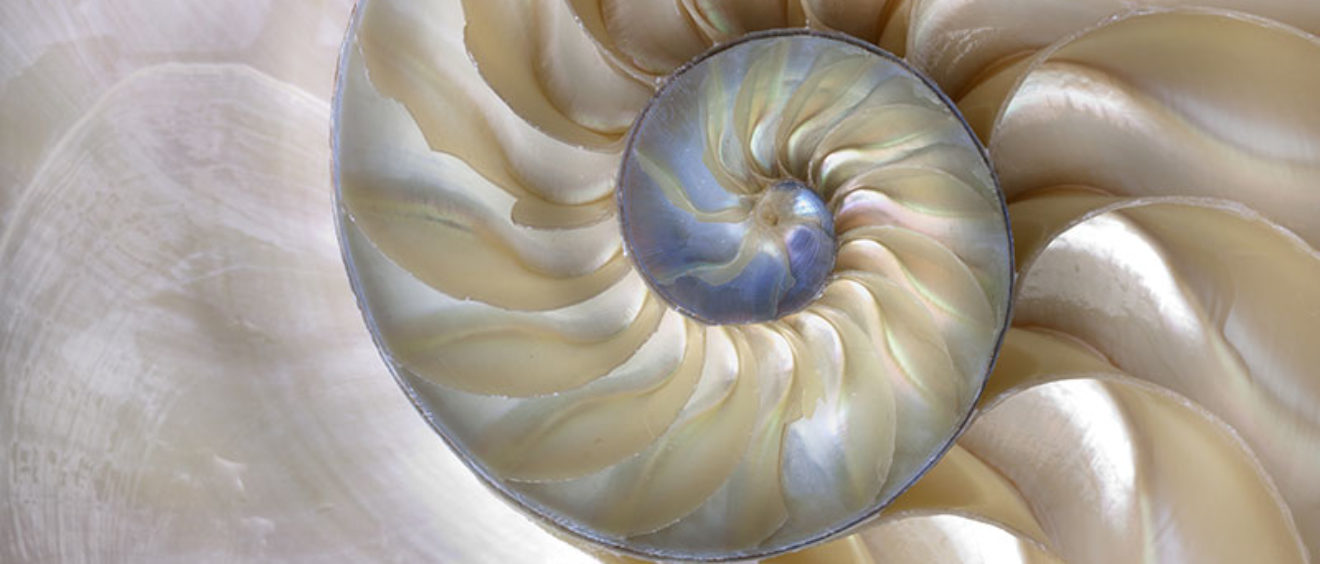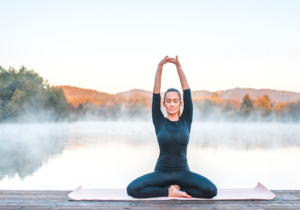
Cakra (or Chakra) Practice to Refresh the Body Temple One Room At A Time
By Mary Hilliker, E-RYT 500, C-IAYT
“Each cakra represents an essential chamber in the temple of the Self. Each one houses an aspect of the sacred and is necessary for wholeness. The more we clean and properly decorate the temple, the more we court the presence of the divine.”
– Anodea Judith in Eastern Body, Western Mind
When The Body Temple Needs Refreshing
Do you ever feel off, stagnant, stuck, spinning out, unable to propel forward, unable to achieve something, unable to manifest something that you know is possible or less connected to your sense of faith or the divine? If you answered “yes,” welcome to being human. There are times when our prana (life force) is not flowing freely or it’s too active at some level in our energetic body. Those times tend to be reflected in a lack of harmony in how we feel about ourselves, how we relate to others, and how we connect to sources of inspiration and the divine. It’s like a house in need of spring cleaning.
What Are The Cakra-s?
The ancients conceived of the cakra model to help us understand the energetic nature of who we are in relationship to our self, others, time and change, and death. The cakra-s are “whirling vortices that receive, assimilate and express vital energy in its many forms.”
Coming back to the idea of a temple with rooms, we might consider each of the rooms of the temple as an energetic center with a purpose and action. The first floor takes care of survival needs and grounds us. The second floor produces innovative ideas. The third floor helps us take an idea and make it into something. And up we go until the seventh floor dials us up (hopefully with a good cable connection) to our relationship with the divine, faith, God, source.
Where Are These Teachings From?
These teachings come from the ancient transmission of Laya Yoga. My favorite sources on the cakra-s besides what I’ve learned from my teacher, Gary Kraftsow, is Chakras: Energy Centers of Transformation by Harish Johari and Chakra Meditation by Swami Saradananda. In more modern times, teachers like Anodea Judith, have added a synthesis of the ancient teachings through the lens of Western psychology which may be of interest to teachers, health care, and mental health professionals.
Why Do Cakra Practice?
One of the most important reasons to consider cakra practice is to refine our relationship to ourselves, to better harmonize with others, to be able to manage the changes that occur through life, and as my teacher Gary says, “have a good death.” Well, we hope that isn’t coming anytime soon, but we must face that we have an expiration date. Why not slide into our final passing with all our humanly work done and our relationships in harmony? Why not elevate our potentials now?
At an overarching level, the cakra model helps us understand the interplay between the microcosm and the macrocosm. At an individual level, the cakra model helps us understand our challenges and potentials in relationship to the macrocosm.
The Cakra Model in Brief Form
There are several models of the cakra system but for purposes here, let’s focus on seven major energetic areas in the body. Each of these areas are associated with qualities of potential and dysfunction.
|
|
Major Potential of Cakra
|
Sanskrit Name | Location in the Body |
| 1 | Survival, Trust, Stability
|
Muladhara |
Base of the spine Pelvic floor |
| 2 | Creation, Bringing to Life
|
Svadhistana | Just above pubic bone |
| 3 | Transformation and Self-Esteem
|
Manipura | Navel |
| 4 | Yummy Qualities of the Heart
|
Anahata | Base of sternum |
| 5 | Communication and Listening
|
Visuddhi | At Adam’s apple |
| 6 | Decision-making and Discernment
|
Ajna | Above nose and between eyes |
| 7 | Inspiration and Connection to our Faith
|
Sahasrara | Crown of the head |
Creating the Conditions for Transformation
How can we cultivate the conditions for transforming our potentials and weakening dysfunctions? The roadmap of the cakra-s link the microcosm to the macrocosm, especially in any cakra meditation practice. The first five cakra-s (the earthlier duty ones) are associated with the five elements and the five senses (jnanendriya). Each cakra is associated with an action (karmendriya) and an organ of action. In meditation, we connect to the elements, senses, cakra actions, and organs of action to surface what’s there. Then we use that information to meditate on the potentials that we want to strengthen.
Cakra practice may focus on a variety of yoga tools including:
- Yoga asana and pranayama that regulates flow of prana in different areas of the body
- Mantra-s (sounds, chants)
- Mudra-s (hand gestures)
- A variety of meditations including the use of mantra repetition and yantra (geometric designs)
- Other practices (example: Take a walk near water, go swimming)
We can return to cakra practice throughout our lifetime to help us continue to transform through life’s changes, develop our potentials, work with our challenges, and continue to refine our relationship to time and change.
The Fruits of Practice
I’ve been doing cakra practices for about 30 years, adapting the practices to what’s happening. These practices can be incredibly helpful during grief, big life changes, or periods of feeling stuck, rudderless, and indecisive. They are also helpful in continually checking in with yourself to surface your blind spots and to address what’s pushing your buttons. It’s like doing spring cleaning on a regular basis so nothing piles up into a big mess.
If I can leave you with three words to describe the fruits of cakra practice, it’s process, harmonize and elevate! If you want to learn more about the cakra-s, what and how to practice, and discussion around exploring each of the cakra potentials, consider joining 5 Koshas Yoga & Wellness and the River Flow Yoga Teacher Training School for our upcoming Meditation + Cakra-s Intensive.
Meditation + Intensive_200hrTTFlyer_2021-22_010922


